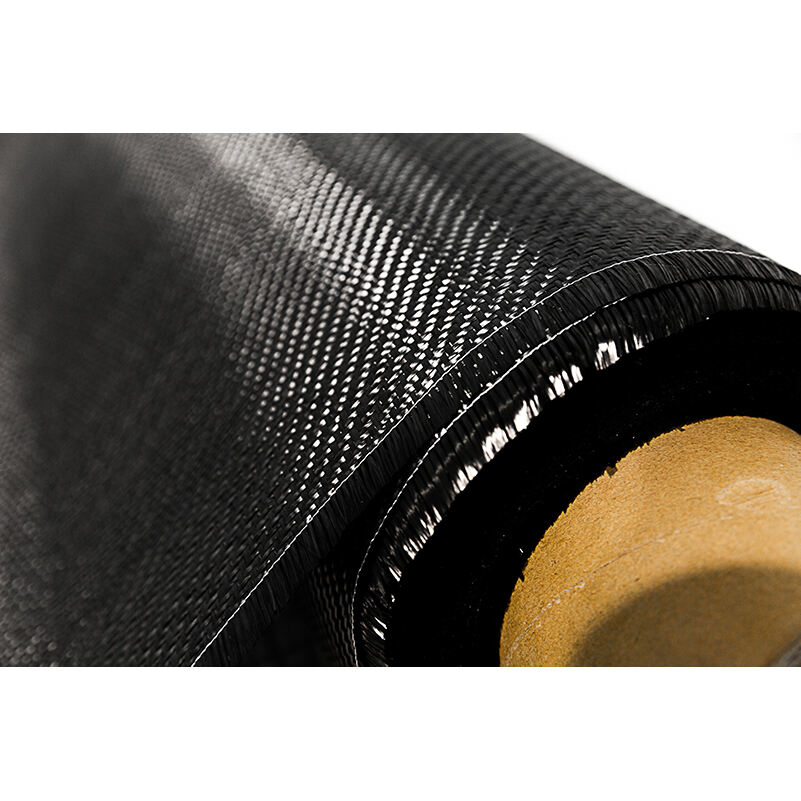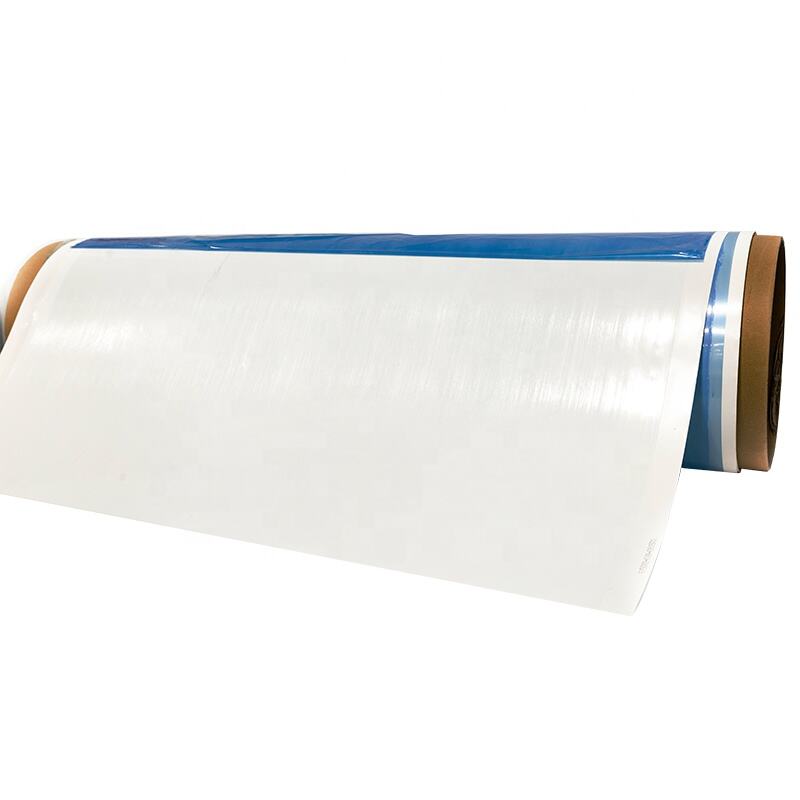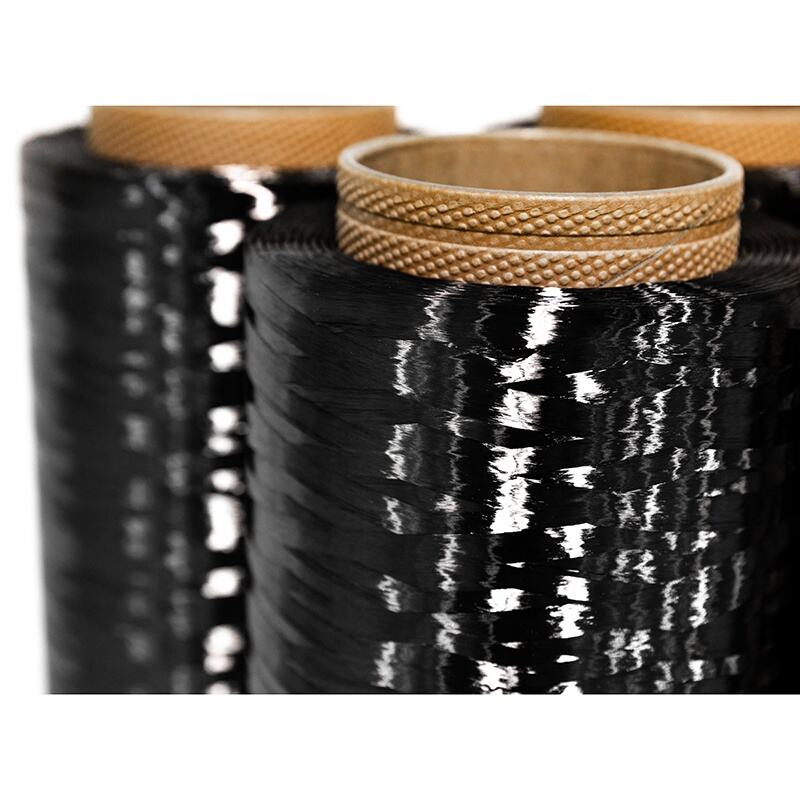airplane carbon fiber
Airplane carbon fiber represents a revolutionary material in modern aviation, combining exceptional strength with remarkably low weight. This advanced composite material consists of carbon atoms bonded together in microscopic crystals, aligned parallel to create long fibers with extraordinary mechanical properties. In aircraft construction, these fibers are typically embedded in a plastic resin, forming a material that surpasses traditional metals in terms of strength-to-weight ratio. The implementation of carbon fiber in aviation has enabled manufacturers to create lighter, more fuel-efficient aircraft while maintaining or even improving structural integrity. The material's versatility allows its use in various aircraft components, from fuselage sections and wing structures to interior elements and engine nacelles. Its resistance to fatigue and corrosion, coupled with minimal thermal expansion, makes it ideal for aerospace applications. Modern commercial aircraft like the Boeing 787 Dreamliner and Airbus A350 XWB utilize carbon fiber composites for up to 50% of their structure, demonstrating the material's crucial role in contemporary aviation engineering.


